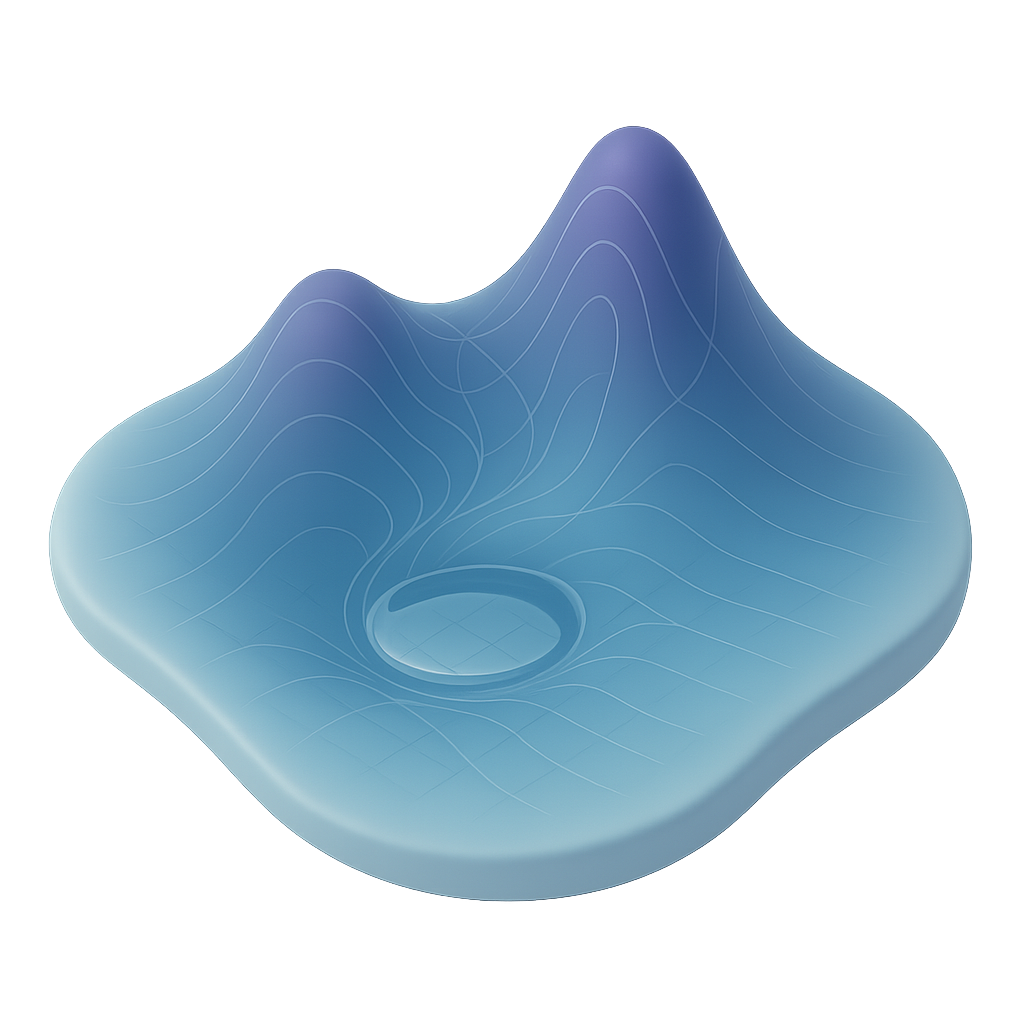A trading game where you bet on particle-bubble collisions. Click bubbles once to go Long (bet on hit), twice for Short (bet against), three times to clear. Market prices shown inside bubbles—profit when you spot mispricing.
Click bubbles to trade: 1× = Long (Green), 2× = Short (Red), 3× = Clear (Grey). Market price = % shown inside.
Interaction Mechanisms
Three derivative structures are implemented:
Barriers: Knockout options. Observe particle behavior near domain boundaries versus central regions.
Digitals: Binary options dependent on terminal particle positions. Note the relationship between obstacle size and hit probability.
Knock-Ins: Path-dependent activation. Watch how particle trajectories create correlation between spatially proximate obstacles.
Run each mode to observe how geometric configuration affects pricing accuracy.
Market Structure Parallels
After experimenting with the simulation, several market phenomena become apparent:
Information Asymmetry: The difficulty parameter controls pricing noise, analogous to varying information quality across market participants.
Spatial Correlation: Observe clustering effects in knock-in mode - similar to sector rotation in equity markets or yield curve movements in fixed income.
Path Dependence: Barrier and knock-in mechanisms mirror exotic derivatives where payout depends on the asset’s trajectory, not just terminal value.
Relative Value: Compare pricing across spatially similar obstacles. Systematic deviations suggest arbitrage opportunities.
The mathematical framework underlying both particle interactions and financial derivatives pricing exhibits identical structural properties: stochastic processes, boundary conditions, and payoff functions determined by path-dependent events.
